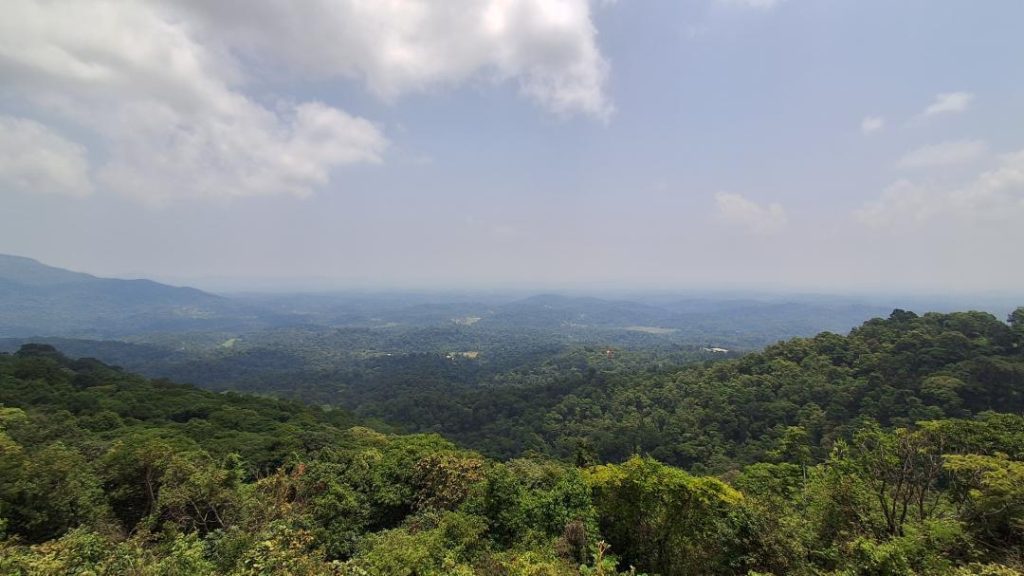
IISc Develops Framework to Rank Regions by Natural Resource Availability
In a groundbreaking effort to prioritize conservation and sustainable development, researchers at the Indian Institute of Science (IISc) have developed a framework to rank regions by their natural resource availability. This innovative approach involves mapping a region on a grid, layering data on forests, biodiversity, and climate to calculate a composite score. The result is a scientifically informed method that identifies the most ecologically sensitive zones, providing policymakers with a clear roadmap for targeted conservation and sustainable development.
The framework, developed by a team of researchers led by Dr. K.G. Shankar, Associate Professor at the Centre for Ecological Sciences, IISc, is designed to help policymakers and stakeholders make informed decisions about resource management and conservation. The team used Karnataka as a pilot study, mapping the state on a grid and layering data on forests, biodiversity, and climate to create a comprehensive picture of the region’s natural resource availability.
“We wanted to create a framework that would help policymakers identify regions that are most critical for conservation and sustainable development,” said Dr. Shankar. “By layering data on forests, biodiversity, and climate, we can get a better understanding of the region’s ecological sensitivity and prioritize conservation efforts accordingly.”
The framework is based on a simple yet effective concept: the combination of three key factors that determine a region’s natural resource availability. These factors include:
- Forest Cover: Forests play a critical role in maintaining biodiversity, regulating climate, and providing ecosystem services. The framework assesses the extent of forest cover in a region, taking into account factors such as forest density, fragmentation, and connectivity.
- Biodiversity: Biodiversity is a key indicator of a region’s ecological health. The framework evaluates the diversity of flora and fauna in a region, including the number of endemic species, species richness, and habitat diversity.
- Climate: Climate plays a significant role in shaping a region’s natural resource availability. The framework assesses the region’s climate, including factors such as temperature, precipitation, and climate change vulnerability.
By combining these three factors, the framework generates a composite score that provides a comprehensive picture of a region’s natural resource availability. The score is calculated using a weighted average of the three factors, with each factor assigned a specific weight based on its relative importance.
The researchers applied this framework to Karnataka, mapping the state on a grid and layering data on forests, biodiversity, and climate. The results were striking, with certain regions emerging as hotspots of ecological sensitivity. The framework identified the Western Ghats, the Eastern Ghats, and the coastal regions of Karnataka as priority areas for conservation and sustainable development.
“The framework provides a scientific basis for policymakers to make informed decisions about resource management and conservation,” said Dr. Shankar. “By identifying the most ecologically sensitive zones, we can prioritize conservation efforts and ensure sustainable development.”
The implications of this framework are far-reaching, with potential applications in a wide range of fields, including conservation biology, ecology, and environmental policy. The framework can be applied to any region, providing policymakers with a scientific basis for making informed decisions about resource management and conservation.
In conclusion, the IISc framework is a groundbreaking innovation that has the potential to revolutionize the way we approach conservation and sustainable development. By providing a scientific basis for policymakers to make informed decisions, the framework is an essential tool for ensuring the long-term health and sustainability of our planet.
Source: https://researchmatters.in/news/framework-rank-regions-based-natural-resources






